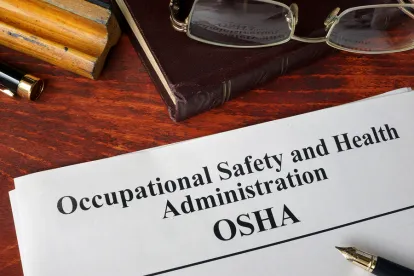On February 25, the Office of Inspector General (OIG) for the U.S. Department of Labor issued a report that found there is an increased risk that OSHA “is not providing the level of protection that workers need at various job sites.”
In response to a request from Congress, the OIG conducted an audit on the measures OSHA has taken during the pandemic to ensure employers are mitigating risk of exposure to COVID-19 in the workplace. The OIG looked at the enforcement practices and public guidance OSHA has developed to address COVID-19-related challenges and their impact on protecting worker safety.
The OIG found that while OSHA has taken a series of actions to address COVID-19, it failed to keep pace in investigating the flood of incoming complaints. In 2020, compared to a similar period in 2019, OSHA received 15 percent more workplace safety complaints, but performed 50 percent fewer inspections. Additionally, the majority of OSHA inspections were conducted remotely. The OIG concluded that the decrease in investigations and the use of remote investigation techniques may have reduced worker safety by potentially allowing workplace hazards to remain unidentified for longer periods of time.
The OIG also found that although OSHA had issued COVID-19 guidance for employers, that guidance lacks the enforceability of formal OSHA standards or rules. The OIG recommended that OSHA enhance onsite and remote inspection strategies and practices, and adopt an emergency temporary standard for infectious diseases. The Biden administration has ordered OSHA to issue an emergency standard by March 15 if it determines that such a standard is necessary. OSHA has responded that it is working to launch a national COVID-19 emphasis program and is considering whether to issue an emergency standard.
As a result of the OIG report and executive order, employers should be on the lookout for increased inspection and enforcement efforts by OSHA related to COVID-19 related workplace safety complaints.





 />i
/>i

